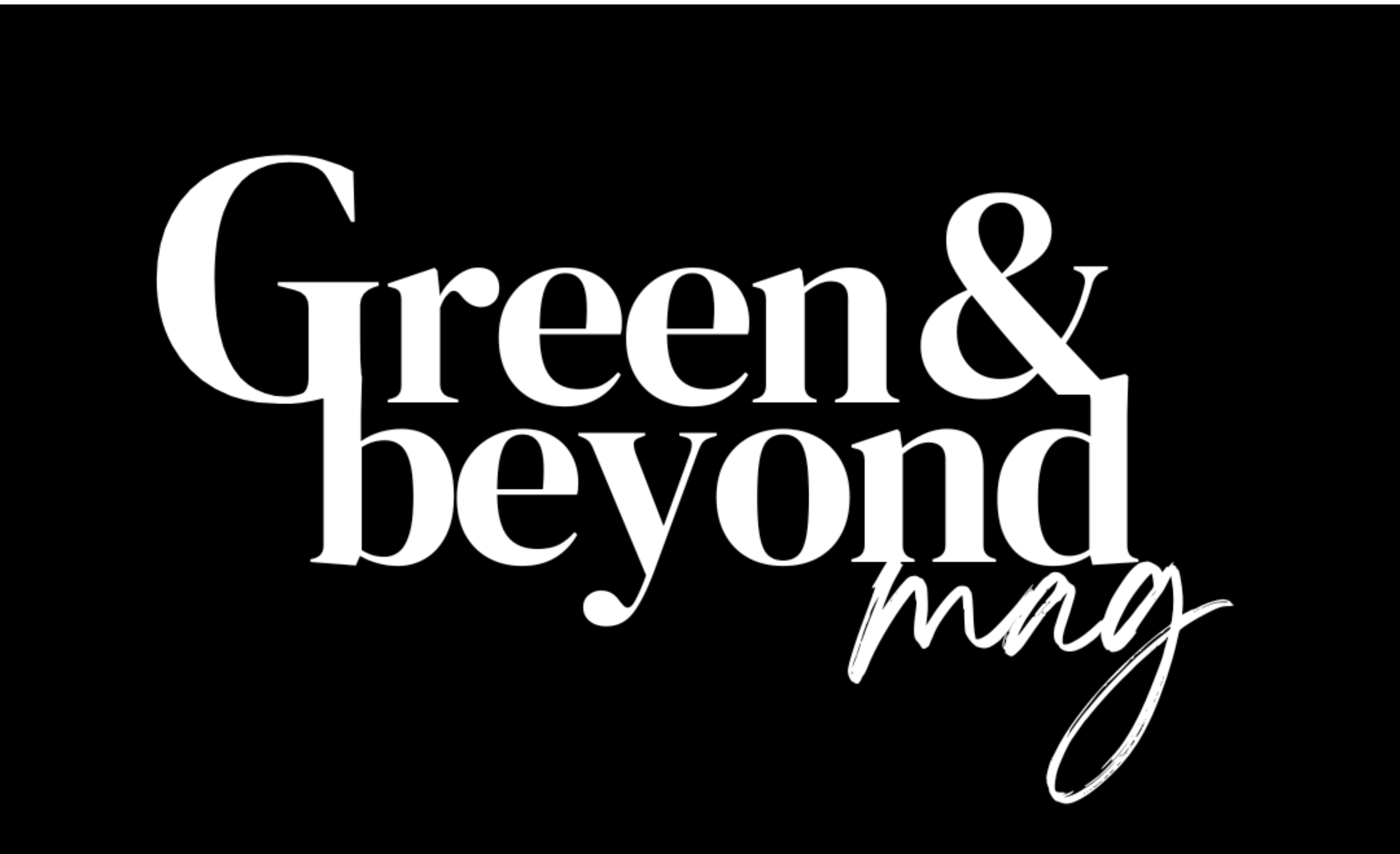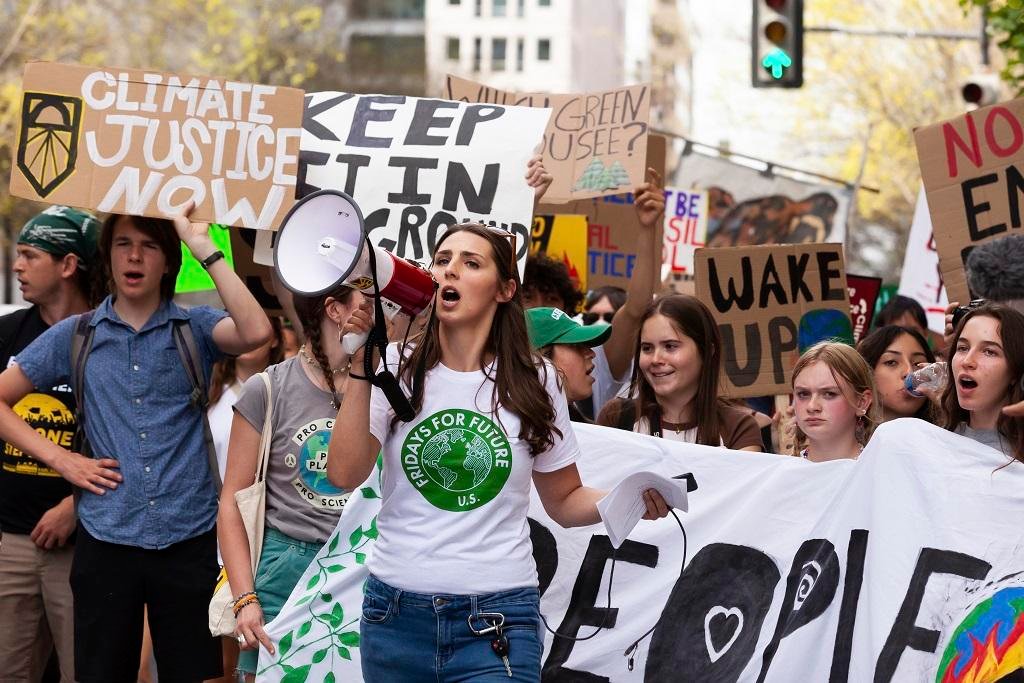Katharina Maier: A Journey in Climate Activism
Katharina Maier, a prominent figure in the climate activism movement, shares her remarkable journey and insights into the challenges and triumphs of her path. As a dedicated lead organizer for the Climate Initiative: Fridays for Future USA, Katharina delves into the diverse landscape of climate activism and the necessity of international collaboration. She addresses the significance of engaging young people, offers advice for those looking to take action, and discusses her strategies for maintaining hope and resilience.
Join us as we explore her impactful journey and the avenues she’s paving for a more sustainable future.
Can you tell us more about your background and how you became involved in climate activism?
When the Fridays for Future wave swept across Europe and the rest of the world in the summer of 2018, a group came together at the university in Berlin, Germany I was studying at. I was working as a freelance event manager at the time and though I didn’t know much about the climate crisis, I offered my skillset to help organize the strikes – which turned out to be my first unintended step into the world of activism I had no idea existed up until then.
From there, it quickly moved from organizing strikes to organizing the group, to organizing the groups in the area, to organizing the groups in the country, to organizing groups across the world. When I moved back to the US, it put me in a position to be able to reignite the FFF US Network, which is now going strong.
You don’t know what opportunities exist until you get started.
I never would have been able to plan this journey or even imagine myself doing any of what I do today when I got started. The most important part is taking that very first step and keeping an open eye and an open mind for what you see next.
As a lead organizer for the Climate Initiative: Fridays for Future, what are some of the key challenges you have faced, and how have you overcome them?
The youth climate movement comprises diverse groups and individuals with varying priorities, strategies, and levels of engagement. This diversity can sometimes lead to divisions and fragmentation, making it harder to achieve unified goals.
Being able to engage in activism is often a privilege. It is exactly those most affected communities that have been robbed of or denied access to the resources needed to change the circumstances causing this harm. As a result, marginalized communities, especially in the Global South, may feel excluded or underrepresented in the movement, despite being disproportionately affected by climate change.
General statements like these can be hard to fully understand without examples, so I here are a few examples:
These are ongoing challenges and require constant attention. Individuals must learn how to build awareness in themselves and work together to build structures in which these systems and divisions are intentionally counteracted. It takes people with resources understanding how to use them to uplift those that do not, and those people that need the resources to speak up and help direct those resources to where they should be used.
Activism can be emotionally and mentally draining at any age. Especially young activists have not had the chance to learn to set boundaries and self-regulate, and thus face burnout from the constant struggle for climate action in addition to the normal struggles of growing up. We are, in most cases, not taught how to build supportive work environments and celebrate each other rather than the work we can each contribute – but that is exactly how we keep going and allow each other to take breaks, knowing that others can step in and support me when I need it.
Can you share some of the most memorable moments or milestones in your climate activism journey so far?
The Global Climate Strike in September 2019 was a defining moment in the climate movement. Millions of people participated in actions across the world that day and it catalyzed many climate conversations and campaigns. The strike in Berlin had over 600,000 participants – far more than we organizers had dared to hope for. We had been working so hard and, as is in the nature of creating change, were being attacked in the media, meeting skepticism among friends, and starting to doubt the feasibility of our goals. That day was an inflection point for many of us organizers and encouraged many people who were on the fence to engage. The energy of that time still gives me strength to this day.
When we decided to rebuild the Fridays for Future US network, the world was in a global pandemic and the US was in lockdown. Activism the way we had known it was not possible and our future had an additional element of uncertainty. The growth of FFF US from a handful of people on unending zoom calls to a network that spans across the country rethinking how young people can engage in climate action is a momentous milestone in all of our journeys.
How do you envision the role of international collaboration and cooperation in tackling the climate crisis?
Climate change doesn’t care about borders. It is a global issue that transcends national boundaries and its impacts require collective action from all countries. There are many ways in which we need to work together internationally to address climate change. Concretely looking at the youth’s role in this though: as the generation most affected by the long-term consequences of climate change, young people have a vested interest in ensuring a sustainable and livable planet for their future. Youth activists have been instrumental in raising awareness about climate change and its impacts. Through protests, social media, and other advocacy efforts, we have drawn attention to the urgency of the issue and put it on the global agenda.
Now as time runs out and those in positions of power continue to delay action, the youth are essential in increasing the pressure on political leaders and decision-makers to take bold action on climate change, from local councils to global institutions.
What is often criticized as “naivety” is actually the youth’s advantage. Our thinking isn’t stuck in the “way things have always been done” and we can bring fresh perspectives, innovative ideas, and creativity – leading to novel solutions and approaches to tackling the crisis. Youth from around the world are connecting and collaborating across borders, forming a global network of climate activists as has never existed before. This solidarity helps in sharing knowledge, experiences, and strategies, strengthening the collective push for climate action.
Our advocacy, energy, and commitment are driving transformative change and pushing for a sustainable, equitable, and climate-resilient future for the entire planet. Our involvement is essential to ensure that global efforts to address the climate crisis are inclusive, ambitious, and effective.
What advice do you have for individuals who want to take action on climate change but may not know where to start?
Just start with the first thing you see. Know that you will make a difference by making changes to your own life, but that you will have the most impact by working together with others. Google for climate groups, go to the next event that comes across your radar, reach out to groups doing work you admire. My activism journey is a testament to the fact that you don’t know what opportunities exist until you get started. I never would have been able to plan this journey or even imagine myself doing any of what I do today when I got started. The most important part is taking that very first step and keeping an open eye and an open mind for what you see next.
Activism comes in many forms and is often not publicly visible. Especially in the beginning, actions may feel small and inconsequential. And if you’re doing something you like doing anyway, it may not even feel like activism at all! Especially in grassroots organizations like Fridays for Future, individuals with initiative can make all the difference and no action is too small to help. Every skillset, every type of individual, every bit of knowledge is needed. If you know how to project manage or wade through spreadsheets, if you like to build or paint or code, if you like to design graphics or post on social media, if you like to research or write or teach, if you understand what your community needs or have a compelling personal story, if you’re a powerful speaker or like to talk to others, if you’re down to try new things – all those ifs and so many more – we need you in the movement. Whether that’s with Fridays for Future or a different organization, we’re all in the movement together and getting started with the one most accessible to you however you can will open up opportunities to try new things, work with different organizations, and meet amazing people.
Each of us should be living as environmentally and socially consciously as we can in our own lives. Simple actions like using public transport, reducing energy consumption, eating less meat, voting in all elections, supporting sustainable businesses, and minimizing waste need to be the default and the minimum we all do. So start with making the changes you can in your own life, but don’t let that be where you stop. What is going to make these individual actions have an outsized impact is turning them into collective action. Talk about what you’re doing so that others feel such actions are more normal and possible. If a change is hard to make in your own life, ask yourself why and what blockers there are and how those can be changed and who needs to be involved to make that happen. Ask others to help you and find groups already working on related issues. Building community and finding fulfillment in making the world a better place are some of the most important building blocks you can set into your life’s foundation.
Remember, every small action adds up, and the more people who take part in climate action and the more we work together, the greater the impact we can collectively achieve. Start with small steps and gradually build up your involvement. Together, we can work towards a more sustainable and resilient future for our planet.
How do you maintain hope and resilience in the face of the daunting challenges posed by the climate crisis?
For me, it is not about maintaining hope and resilience, but that nothing is achieved by giving them up. Staying optimistic is an ongoing struggle. But the difference for me between optimism and hope is action. The challenge will only be more daunting and hope harder to find if I do not act. Many things seem impossible until someone makes them possible. History is full of examples of seemingly insurmountable challenges that were overcome through collective action and perseverance. For climate issues, the urgency and scale of the crisis can sometimes be overwhelming, but they also mean that there’s no other choice than to keep going. There’s nothing to lose by continuing to fight and everything to lose by stopping.
When I feel like we’re not making any progress, I look back to when I started my activism. Just within those 5 years, climate has become a mainstream issue, a significant policy platform, an ever-growing movement across the globe. We need to do much more and at a much faster pace, but I am optimistic that action will accelerate as more and more people are affected and engaged and technological breakthroughs are achieved.
It can feel like a guilty pleasure to rest when there’s so much to do. But you can’t fight if you’re exhausted and you can’t give if you’re empty – and we need you in this for the long haul.
It sounds like any Instagram post, but base-line self-care like taking breaks, getting exercise, eating healthy, and getting enough sleep are the foundations to any sustainable activism. Find something that brings you joy and put time aside to enjoy it without guilt or multitasking.
Find a community. No one can do this work by themselves. Having a network of support can provide encouragement, inspiration, and a sense of belonging.
Celebrate successes! Activism can be a long and challenging journey, so it’s important to celebrate successes along the way.
How do you engage and mobilize young people to participate in climate activism and create a meaningful impact?
Young people are already increasingly and acutely aware of the climate crisis and the need for urgent action. The challenge is ever more not about alerting youth to the climate crisis, but creating avenues for us to act. What Fridays for Future tries to do is lower the barriers to entry into climate action: to make information and resources easier to access, to create networks for individuals to tap into collective action, to validate youth’s climate fears and confusion about societal inaction, to encourage them to speak up and take action despite those, and to leverage the privileges mentioned in question 2 to break down the blockers for those without them.
Most people don’t want to be part of the problem causing the climate crisis and want to make the world a better place – but it’s often hard to see how or that our actions are having an impact. By coming together in networks across the globe, individuals can be part of the collective solution and see the impacts of their actions.
How has your involvement in climate activism influenced your personal lifestyle choices and daily habits?
I try to follow my own advice from question 5 and do the best that I can, while remembering it’s not all or nothing. I don’t have to do everything to be a climate activist or a good person. I do as much as I can and try to make that possible for others.
How do you envision your future?
I never could have envisioned doing what I do today, so I find it hard to envision my future. All I know is that I will keep the initiative and openness that has brought me to where I am today, and will see where life takes me.
How can others join you in the climate movement?
Go to fridaysforfutureusa.org and find or start a local group. Whether it’s attending the events and participating in the actions, helping spread the word on social media and in the community, co-organizing the group and its actions, or making connections between groups and opportunities, there’s many ways to get involved and no help is too small to make a difference.
Learn more about Katharina Maier through her Instagram.
This is a part of a series where Green & Beyond Mag explores the stories and takes a peek at the lifestyles of incredible people like green entrepreneurs, innovators, climate advocates, activists, community leaders, and content creators, all around the world, who love the planet, and are working tirelessly to make the world a better place.








